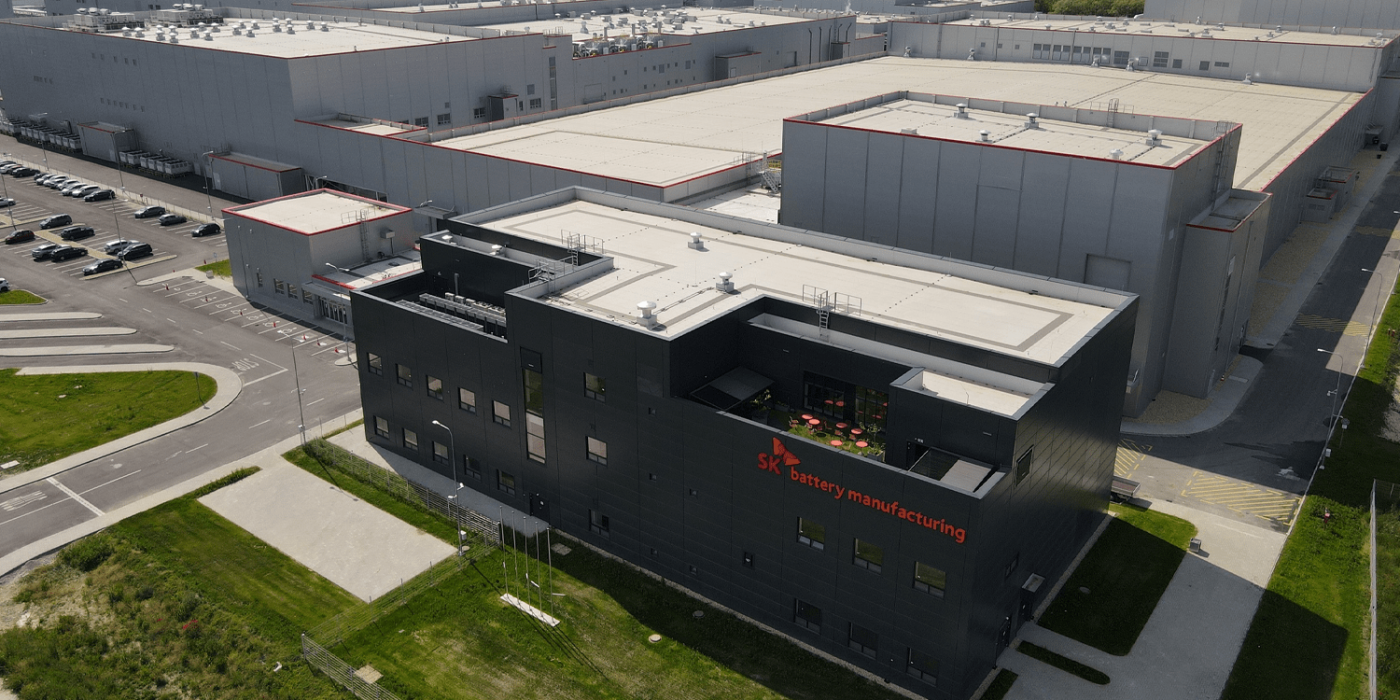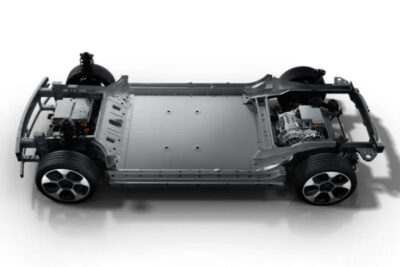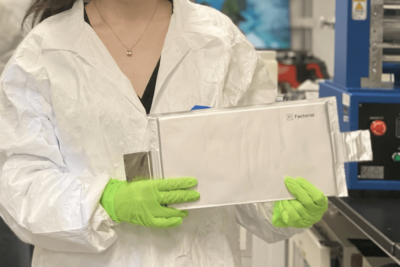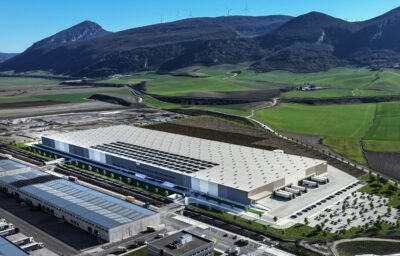SK Innovation subsidized for Hungarian battery plant
The South Korean battery cell manufacturer SK Innovation received a subsidy of 90 million euros from the Hungarian government for its second plant in the country. The prerequisite was that the EU Commission give the green light for the state aid, which has now happened.
SK Innovation says it is investing about 945 billion won in the construction of its second plant in Komárom – the equivalent of just under 700 million euros. SKI is now receiving the 90 million euro subsidy from the Hungarian state “regarding the anticipated positive effects on the local economy and employment from the operation of the second EV plant in Hungary”, as the battery manufacturer announced.
By way of background, the Commission, taking into account EU state aid rules and in particular Article 107(3c) of the Treaty on the Functioning of the European Union, may authorise member states to support the development of certain economic sectors “under certain conditions”. These economic sectors must be of common European interest.
In the case of SKI, the European Commission approved the Hungarian government’s subsidy plan after a ten-month review. “This is an exceptional case for the European Commission, which is known to be very strict about giving approvals, to grant such huge amount of subsidy to a Korean company in such a short period,” SK Innovation writes.
In June, the group division had already received a loan of 500 million US dollars from the Export-Import Bank of Korea for the same plant. The loan is a green loan fund, which SKI says it obtained on “favourable financial terms”. SK Innovation’s second battery cell plant will be built in the same way as the first plant in Komárom and is to have an annual capacity of 10 GWh. The plan is for construction to be completed this year and commercial production to begin in 2022. Earlier this year, SK Innovation also decided to build a third battery cell factory in Hungary, specifically in Iváncsa, 50 kilometres southwest of Budapest.
SKI currently only develops and produces pouch cells. As SK Innovation’s battery boss Jee Dong-seob recently confirmed at South Korea’s largest battery trade fair, Inter Battery, the company is also looking into the development and production of new types of battery cells, including cylindrical and prismatic cells. In this way, the South Korean company wants to expand their customer base. As is well known, Tesla relies on round cells in various formats, but the vehicles from the Giga Shanghai also use other cell types in some cases. While the pouch cell initially seemed to prevail among European carmakers, the VW Group’s new unit cell will be a prismatic cell.
At the beginning of July, SK Innovation announced its intention to expand its production capacities to a total of over 500 GWh by 2030 and to consider an IPO of the battery division. The expansion of the division is driven, among other things, by the high order backlog: according to SKI, there are orders for more than one TWh – i.e. 1,000 GWh. At the same time, the company currently has a production capacity of only 40 GWh per year.
According to SKI, the orders are worth 130 trillion won, which is equivalent to about 97 billion euros. These batteries are expected to be able to power about 14 million electric cars. “SK Innovation aims to become a global leader in EV battery market through aggressive investment,” Jee Dong-seob said, according to the latest announcement. “We will make consistent efforts to contribute to the development of local communities and EV market.”






0 Comments